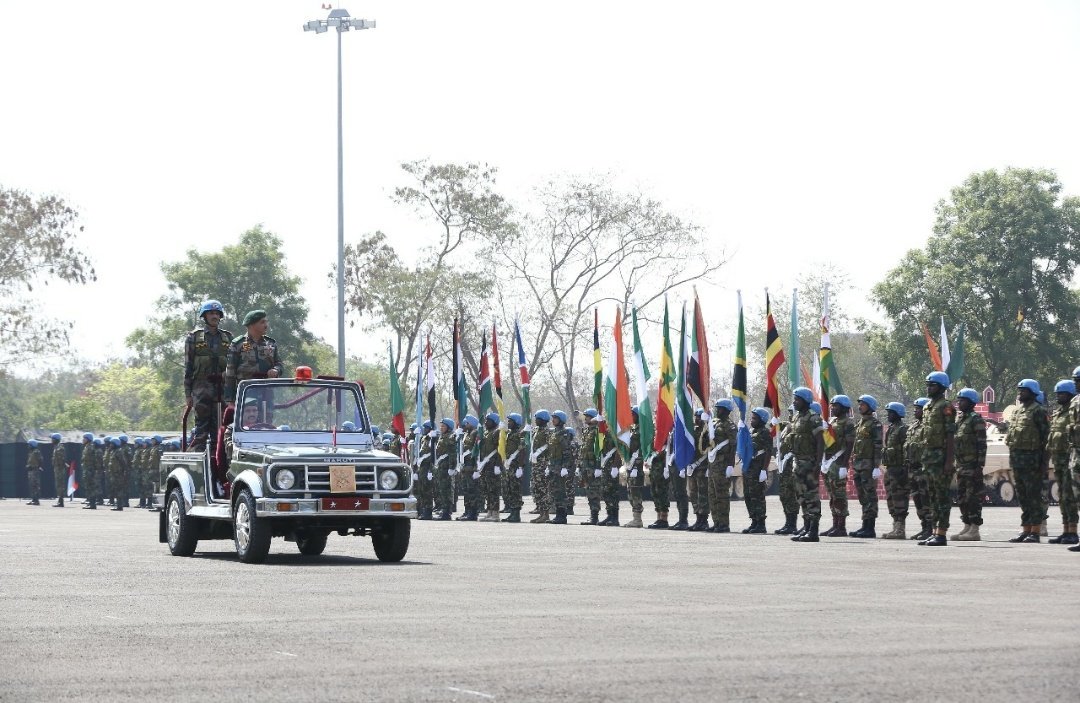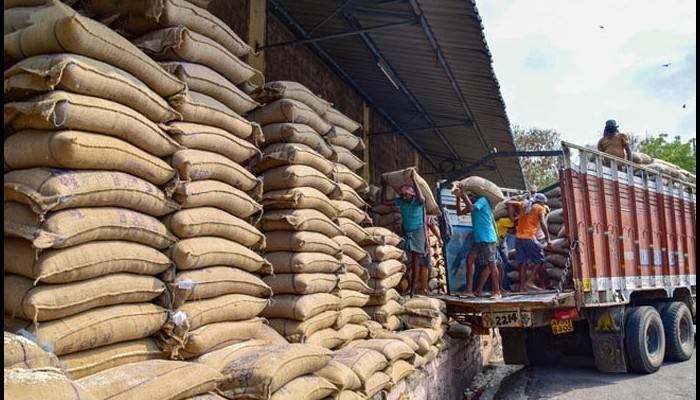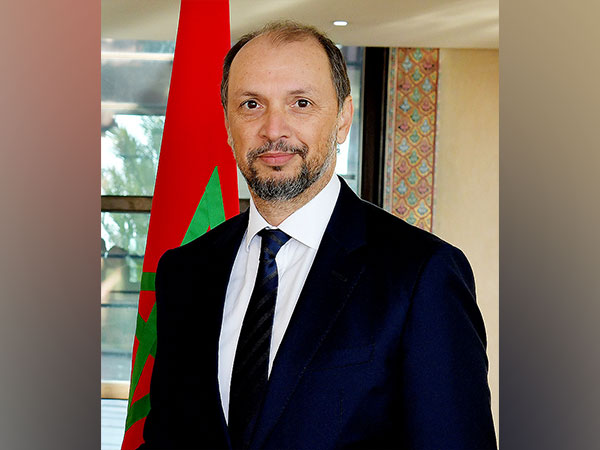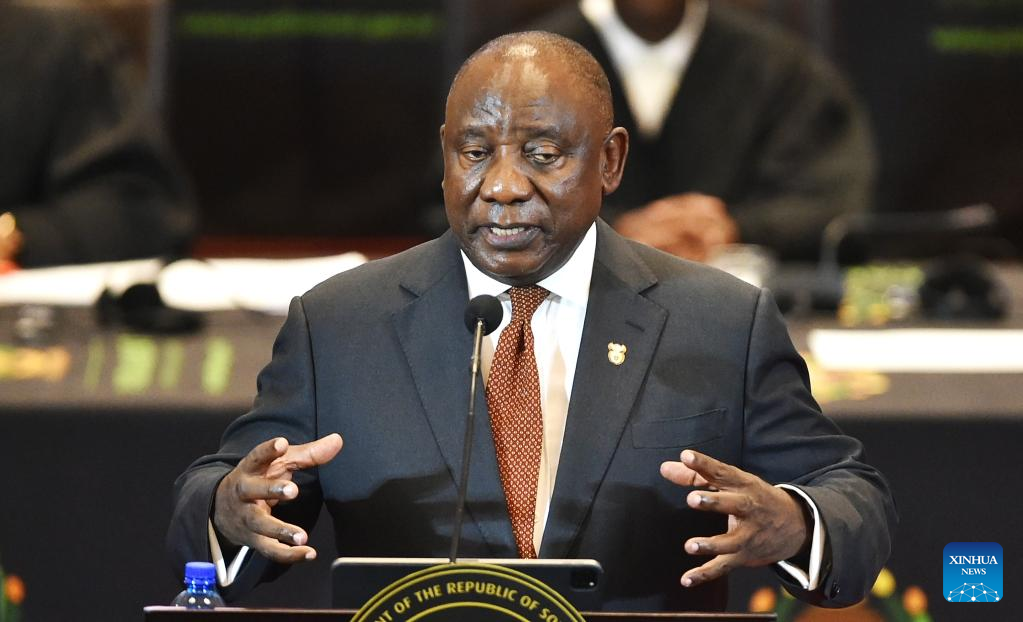Along with the India-Africa chiefs’ conclave, the second iteration of Africa-India Field Training Exercise (AFINDEX) will also be held from March 21…reports Asian Lite News
Armies of 25 African countries will attend the India-Africa Chiefs Conclave in Pune on March 28, a senior Indian Army official said.
In the two sessions from the Indian side, the participants, including senior officials from the Ministry of Defence and Ministry of External Affairs and the Services, as well as ex-Servicemen, will also attend the conclave. “The first session will explore the key pillars of India Africa Defence Partnership. The second session will focus on Indian Defence Industry’s Outreach to Africa. Eminent speakers from Africa will form part of the panel discussion,” the Army offical said.
Defence Minister Rajnath Singh is also scheduled to attend the conclave and deliver an address.
African army chiefs from the Republic of Congo, Niger, Zambia, Zimbabwe, Malawi, Uganda, Seychelles, Gambia, Tanzania and Kenya have confirmed their participation at the event.
Algeria, Egypt, Nigeria, Rwanda, Eswatini (Swaziland), Morocco, Sierra Leone, Ghana, Ethiopia, Central African Republic, Lesotho and Senegal will also send representatives of their army chiefs at the conclave.
Along with the India-Africa chiefs’ conclave, the second iteration of Africa-India Field Training Exercise (AFINDEX) will also be held from March 21.
A senior Indian Army offical said, “Objective of the exercise is to continue building upon the initiatives taken to strengthen India-Africa relations, with a focus on enhancing peace and security, creating opportunities to exchange ideas and perspectives.”
The offical also stressed that this exercise will help to learn from the African experience in cooperative security and management of security crisis situations, while also promoting a collaborative approach to capacity enhancement of African armies.
AFINDEX exercise will commence on March 21 in Pune and culminate on March 30. The exercise will be divided into four phases.
Initially, the trainers, themselves will be administered training and the same would be followed by a Humanitarian Mine Action and a Peace Keeping Operations Phase.
Finally, a validation exercise will be conducted to assess the results of the training conducted. The validation exercise will be conducted on March 29, with the chiefs of the African armies in attendance.
Senior Army officials stressed that the exercise will involve large-scale use of indigenously-made defence equipment. New generation equipment manufactured in India will be showcased during the exercise in a bid to demonstrate their efficacy to the troops of the participating nations.
For AFINDEX, 9 contingents, with 78 personnel each, will participate in the exercise. These contingents will arrive from Ethiopia, Ghana, Kenya, Lesotho, Niger, Seychelles, Tanzania, Uganda and Zambia. Another 11 countries — Botswana, Cameroon, Congo, Egypt, Eswatini / Swaziland, Malawi, Nigeria, Rwanda, Senegal, Zimbabwe and Morocco — will send 21 Observers for AFINDEX.
A defence equipment display will also be organised by the Indian defence manufacturing industry on March 29 in a bid to showcase the defence manufacturing capabilities of the country.
The first Africa-India Field Training Exercise was held in Pune in March 2019. It saw participation from 20 African nations.
The first India-Africa Defence Ministers Conclave was held on the sidelines of the DEFEXPO, 2020 in Lucknow.
The Lucknow Declaration, which was adopted at the conclave, laid down the future path of cooperation between India and African nations in the defence space.
The event is important from the perspective of India-Africa relations wherein Army Chief’s and representatives of Chief’s from 21 African countries will be attending the event.
The chief aim of the exercise is to enable the participating contingents to hone their tactical skills, drills and procedures in joint operations for peacekeeping under UN mandate, create synergy and better understanding with armies of African nations and promote Indian defence Industries.
The 10-day long exercise will commence with an opening ceremony at Foreign Training Node, Aundh, Pune. A comprehensive validation exercise on the theme “Humanitarian Mine Actions and Peace Keeping Operations” under the UN mandate is also scheduled.
The Joint exercise will promote the idea of “Africa-India Militaries for Regional Unity (AMRUT)” and will focus on incorporating the current dynamics of UN peacekeeping operations (UNPKF) through practical and comprehensive discussions and tactical exercise.
The first AFINDEX was held in Pune in March 2019 which saw the participation of 20 African nations. In 2020, the India-Africa Defence Ministers Conclave was held on the sidelines of the DEFEXPO in Lucknow. (ANI)
ALSO READ-Delhi hosts 5-day NCB training for Colombo Security Conclave countries










